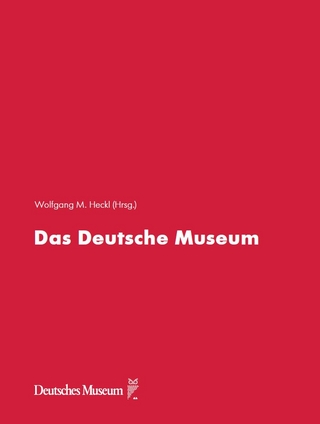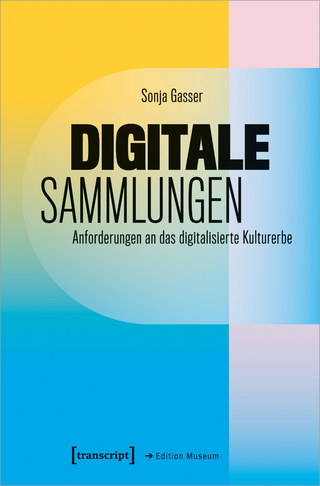
What Does ‘Art’ Mean Now?
Routledge (Verlag)
978-1-032-44682-0 (ISBN)
What Does ‘Art’ Mean Now? asks, and answers, fundamental questions about the nature of aesthetic experience and role of the arts in contemporary society. The Modern Age, Romanticism and beyond, viewed art as something transcending and separated from life, and usually something encountered in museums or classrooms. Nowadays, however, art tends to be defined not by a commonly agreed-upon standard of “quality” or by its forms, such as painting and sculpture, but instead by political and ideological criteria. So how do we connect with the works in museums whose point was precisely that they stood apart from such considerations? Can we and should we be educated to “appreciate” art—and what does it do for us anyway? What are we to make of the so-different newer works—installations, performances, excerpts from the world—held to be art that increasingly make it into museums? Adopting a subjectivist approach, this book argues that in the absence of a universal judgment or standard of taste, the experience of art is one of freedom. The arts give us the means to conceptualize our lives, showing us ourselves as we are and as we might wish—or not wish—to be, as well as where we have been and where we are going. It will appeal to scholars of sociology, philosophy, museum studies, and art history, and to anyone interested in, or puzzled by, museums or college courses and their presentation of art today.
Bruce Fleming is the author of over 20 books, and of a novel, essays, short stories, dance criticism, and poetry. Some of these books include four previous works for Routledge, such as The End of the Age of Modernism in Arts and Academia and Masculinity from the Inside: Gender Theory’s Missing Piece. He has taught at the University of Freiburg, Germany, the National University of Rwanda, and the University of Hyderabad, India. Since 1987, he has been an English professor at the US Naval Academy, Annapolis.
Part I THEORY
1 Esthetics Beyond Esthetics: The Demise of the Separated Artwork
2 A Definition of Art for Our Times: Personal/Impersonal, Impersonal/Personal
3 Correcting Modernism: Putting the Subjective Back In
4 Nailing the Problem a Century Ago: Dewey’s Art as Experience
5 Our Situation Now: Blurring the Line Between Art and the World
Part II MUSEUMS
6 Audience and Survival: Two Aspects That Define Art
7 Principles of Ordering the Separated Artwork: Museums and Collections
8 Unconventional Ordering: Ripley’s "Believe it—OR NOT!"
9 What Counts as an Artwork: The Small Hard Things of the Bactrian Hoard
10 Do Museums Come to Life at Night?: The Revenge of the Separated Work
Part III LITERATURE
11 What’s Literature Good For?: Mirroring/Escape and Explanation/Vaccination
12 It Isn’t Fake Anything: Literature and the World
13 Problems with Literature
Who’s the Work For?
What Does the Audience Know?
Inside/Outside: Villette
When We Just Don’t Like a Work
Works Cited
| Erscheinungsdatum | 11.07.2023 |
|---|---|
| Verlagsort | London |
| Sprache | englisch |
| Maße | 156 x 234 mm |
| Gewicht | 453 g |
| Themenwelt | Kunst / Musik / Theater ► Kunstgeschichte / Kunststile |
| Reisen ► Reiseführer | |
| Geisteswissenschaften ► Geschichte ► Hilfswissenschaften | |
| Geisteswissenschaften ► Philosophie | |
| ISBN-10 | 1-032-44682-X / 103244682X |
| ISBN-13 | 978-1-032-44682-0 / 9781032446820 |
| Zustand | Neuware |
| Informationen gemäß Produktsicherheitsverordnung (GPSR) | |
| Haben Sie eine Frage zum Produkt? |
aus dem Bereich


